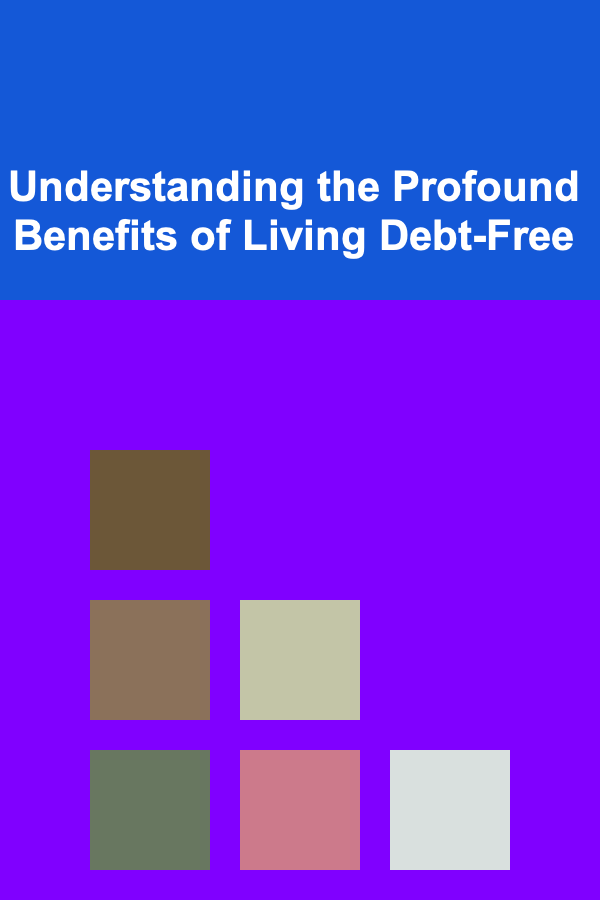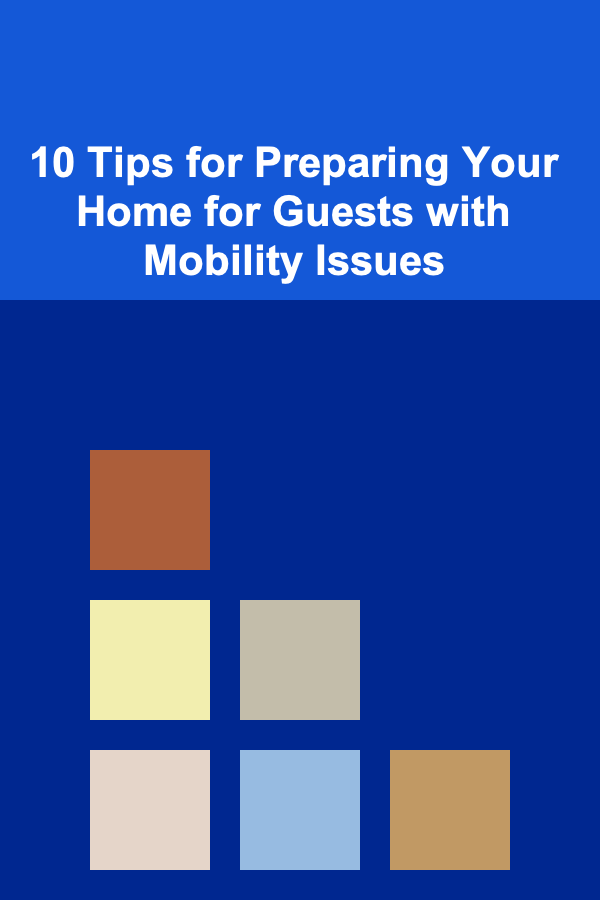
How to Understand the Celtic Pantheon
ebook include PDF & Audio bundle (Micro Guide)
$12.99$10.99
Limited Time Offer! Order within the next:

The Celtic pantheon, a complex and multifaceted collection of gods, goddesses, and supernatural beings, is both fascinating and mysterious. The Celts, a group of ancient people who inhabited much of Europe, are known for their rich mythology, which has survived through fragments of historical texts, archeological discoveries, and later interpretations. To understand the Celtic pantheon, one must first delve into the historical, cultural, and spiritual contexts in which these deities and figures were worshipped. From the highlands of Scotland to the coasts of Ireland and the plains of Gaul, the Celtic gods shaped the lives and beliefs of their followers in profound ways.
In this article, we will explore how to understand the Celtic pantheon by examining the historical and cultural context of Celtic religion, the major gods and goddesses, their attributes, roles, and how they were worshipped. Additionally, we will address the challenges in studying the Celtic pantheon, considering the limited sources available and the ongoing evolution of these ancient beliefs.
Historical and Cultural Context of the Celts
The Celts were a group of tribes that spread across Europe from the early Iron Age (around 1200 BCE) through the Roman period and beyond. They lived in regions that are now part of modern-day France, the British Isles, Spain, Germany, and even parts of Eastern Europe. The Celts shared a common language and certain cultural practices, but their beliefs and religious practices were not uniform across all Celtic tribes. Instead, Celtic religion was highly localized, with different regions venerating different gods and goddesses, and worship taking various forms.
Celtic religion was animistic, believing in the presence of spirits and divine forces in the natural world. The Celts believed that deities could inhabit objects such as trees, rivers, mountains, and animals. This animism was closely tied to the land and the natural cycles of life, death, and rebirth. The connection to nature was paramount in the Celtic worldview, and many of their deities were associated with specific elements of the natural world, including the sun, moon, water, fertility, and the underworld.
The Druidic Influence
The Druids, the priestly class within Celtic society, played a crucial role in interpreting and preserving the religious traditions of the Celts. They were responsible for religious ceremonies, education, and maintaining the oral traditions of the Celtic people. The Druids did not write down their teachings, which has made it difficult for modern scholars to fully understand their religious practices. However, the surviving literature from the Romans and later sources suggests that the Druids had a deep connection to the land and the gods, acting as mediators between the divine and the human realms.
The Celts also practiced rituals in sacred groves, on mountaintops, and near water sources. They believed that these places were imbued with divine energy, and sacrifices, both of goods and sometimes of humans or animals, were made to honor the gods.
Major Gods and Goddesses of the Celtic Pantheon
The Celtic pantheon is vast and diverse, with deities appearing in many different regions and tribes. However, some major gods and goddesses appear consistently across Celtic mythology, and they offer valuable insights into the central beliefs of the Celts.
The Dagda: The Great Father
The Dagda, often referred to as the "Good God," is one of the most important figures in the Irish pantheon. He is a father figure, embodying both fertility and wisdom, and is associated with abundance and protection. The Dagda is often depicted as a large, bearded man with a cauldron that never runs empty, symbolizing his ability to provide for his people.
The Dagda is also associated with the earth and is considered a protector of the tribe. He carries a magic club, which can kill enemies or bring them back to life, further emphasizing his dual nature as both a giver and taker of life. The Dagda is often seen as the chief of the gods, particularly in the Irish mythological cycle known as the Mythological Cycle, where he leads the Tuatha Dé Danann, the tribe of gods who inhabit the Otherworld.
Brigid: Goddess of Healing, Poetry, and Fertility
Brigid is another central figure in the Celtic pantheon, particularly revered in Ireland and Scotland. She is a multifaceted goddess, associated with healing, fertility, poetry, and craftsmanship. Brigid is often seen as a bridge between the earthly and divine realms, representing both physical and spiritual growth. Her connection to fire, both as a symbol of purification and as a source of life, made her a highly revered deity in ancient Celtic society.
As a goddess of fertility, Brigid was also a protector of childbirth and the growth of crops. In addition, she was believed to inspire poets, musicians, and craftsmen, making her a patroness of the arts. Her feast day, Imbolc, which occurs on February 1st, marks the beginning of the agricultural season and was a time for celebrations of light, fire, and renewal.
Lugh: The Sun God and God of Skill
Lugh is another major figure in Celtic mythology, particularly known for his association with the sun, light, and skill. He is often depicted as a young, heroic figure, skilled in many arts, including warfare, craftsmanship, and magic. Lugh's primary role was as a god of skill and knowledge, and he was seen as a protector of the tribe, particularly in battle.
Lugh is central to the Irish festival of Lughnasadh, which takes place on August 1st and marks the beginning of the harvest season. This festival is a celebration of the first fruits of the earth and a time for feasting, athletic competitions, and honoring Lugh's many talents.
The Morrigan: Goddess of War and Fate
The Morrigan is a complex and powerful figure in Celtic mythology, particularly in Ireland. She is often depicted as a triple goddess, representing different aspects of the same deity. The Morrigan is a goddess of war, fate, and death, and she is often associated with the protection of the land and its people. Her role is to influence the outcome of battles, deciding who will live and who will die.
The Morrigan is frequently shown as a crow or raven, birds that were believed to have the ability to predict death and warfare. She is a fearsome and independent goddess, embodying the darker aspects of life, such as destruction and transformation. The Morrigan is often portrayed as a guide to the underworld, helping souls pass from one world to the next.
Cernunnos: The Horned God
Cernunnos, often referred to as the "Horned God," is one of the most iconic figures in Celtic mythology. He is typically depicted as a man with antlers, embodying the power and fertility of nature. Cernunnos is associated with the wilderness, animals, and the cycles of life, death, and rebirth. He is a god of the wild, often shown surrounded by animals such as stags, snakes, and bulls.
Cernunnos represents the untamed aspects of the natural world and is a symbol of the divine power that governs life cycles. He is a god of fertility, but also of death, embodying the balance between creation and destruction in the natural world.
The Role of the Otherworld
In Celtic mythology, the concept of the Otherworld plays a central role in understanding the pantheon. The Otherworld is a supernatural realm that exists parallel to the mortal world and is inhabited by gods, spirits, and ancestors. It is a place of mystery and magic, often described as being more real than the physical world.
The Otherworld is often accessed through sacred sites such as wells, caves, or mounds, which are considered gateways to this hidden realm. Heroes and gods alike frequently travel to the Otherworld for various reasons, including seeking wisdom, gaining power, or meeting with ancestors. The idea of the Otherworld also ties into the Celtic belief in reincarnation, as many souls are believed to return to this realm after death, continuing their existence in a different form.
Challenges in Understanding the Celtic Pantheon
One of the main challenges in understanding the Celtic pantheon is the lack of written records. Much of what is known about the Celts comes from the accounts of Roman and Greek writers, who often misinterpreted or oversimplified the complexities of Celtic religion. Additionally, the Celts did not leave behind written texts of their own, relying instead on oral traditions and the teachings of the Druids. This has made it difficult for scholars to piece together a comprehensive understanding of their beliefs and practices.
Another challenge is the regional variation within Celtic religion. Different tribes had different gods, rituals, and interpretations of religious practices, making it hard to pinpoint a unified Celtic pantheon. What is considered a major deity in one region may not have been recognized in another.
Finally, many of the gods and goddesses in the Celtic pantheon were mutable figures, whose roles could change over time or be merged with other deities as cultures and beliefs evolved. This fluidity makes the Celtic pantheon less rigid and more dynamic, reflecting the ever-changing nature of the societies that worshipped these deities.
Conclusion
The Celtic pantheon is a rich and diverse collection of gods, goddesses, and supernatural beings, each representing different aspects of life, nature, and spirituality. From the warrior gods like Lugh to the fertility goddesses like Brigid, the Celts had a deep connection to the natural world, and their deities reflected the cycles of life, death, and rebirth. Understanding the Celtic pantheon requires an appreciation of the cultural, historical, and spiritual contexts in which these myths were formed, as well as an acknowledgment of the challenges in reconstructing this ancient belief system. Despite the gaps in knowledge, the Celtic pantheon continues to captivate the imagination, offering timeless insights into the human experience and our relationship with the divine.
Reading More From Our Other Websites
- [Personal Care Tips 101] How to Choose an Eco-Friendly Toothbrush
- [Personal Care Tips 101] How to Choose Hair Gel with Eco-friendly Ingredients for Sustainable Beauty
- [Home Space Saving 101] How to Maximize Storage in Your Bedroom with Built-In Solutions
- [Personal Investment 101] How to Start Investing in Bonds: A Beginner's Guide
- [Home Storage Solution 101] How to Organize Your Home Bar Area with Space-Saving Ideas
- [Organization Tip 101] How to Create a Meal Prep Community for Support
- [Personal Finance Management 101] How to Save Money While Traveling Without Sacrificing Experience
- [Home Storage Solution 101] How to Design a Functional Mudroom with Adequate Storage
- [Home Storage Solution 101] How to Make the Most of Shelf Organization: Tips for Every Room
- [Survival Kit 101] The Ultimate Survival Kit for Urban Homesteaders Growing Food on Rooftop Gardens

How to Create a Debt Repayment Strategy That Works
Read More
How to Prevent Water Leaks in Your Home
Read More
Understanding the Profound Benefits of Living Debt-Free
Read More
10 Tips for a Gluten-Free Recipe Planner Success
Read More
How to Plan a Hands-On Pasta Making Class
Read More
10 Tips for Preparing Your Home for Guests with Mobility Issues
Read MoreOther Products

How to Create a Debt Repayment Strategy That Works
Read More
How to Prevent Water Leaks in Your Home
Read More
Understanding the Profound Benefits of Living Debt-Free
Read More
10 Tips for a Gluten-Free Recipe Planner Success
Read More
How to Plan a Hands-On Pasta Making Class
Read More